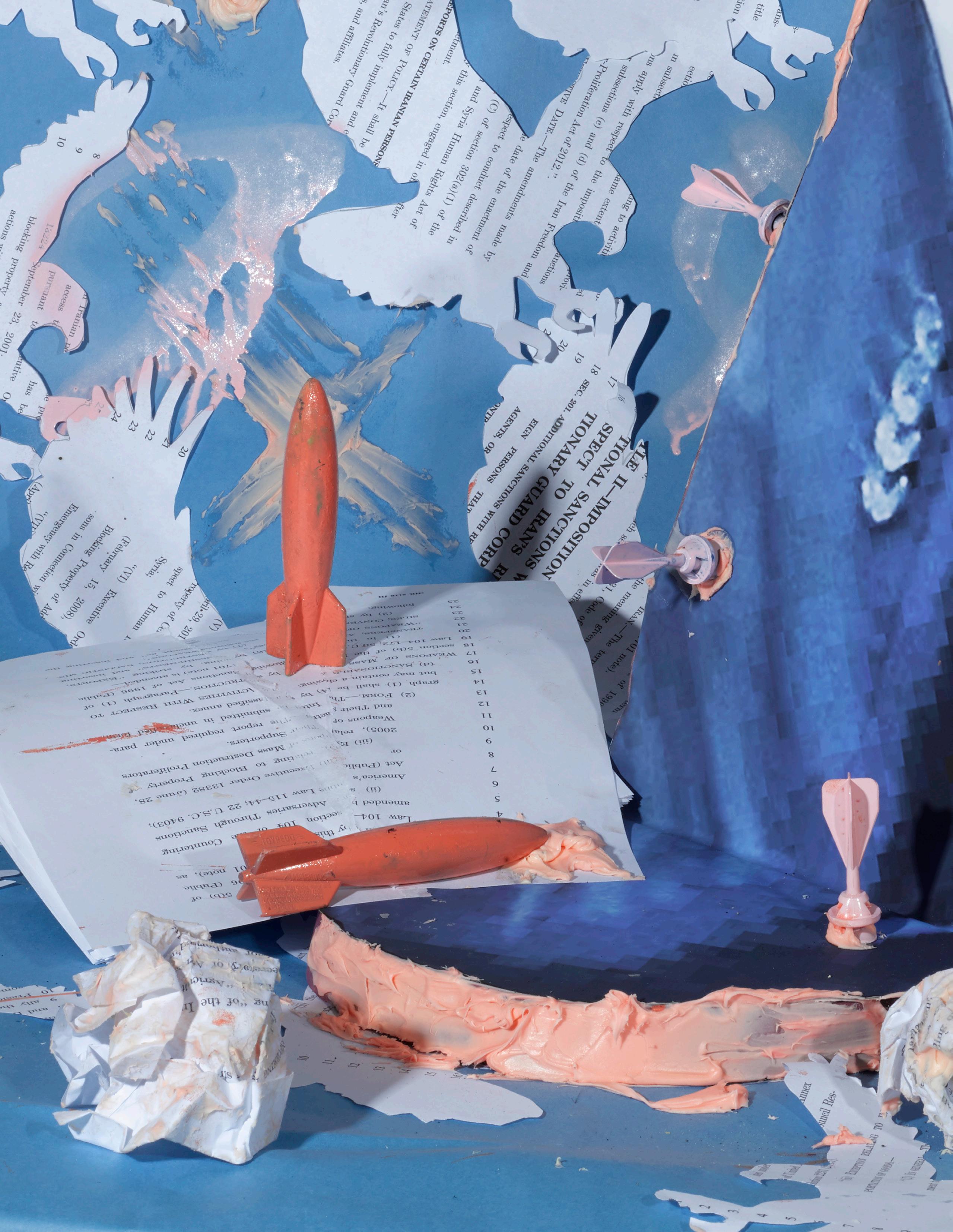SHEIDA SOLEIMANI HOTBED





NOVEMBER 6 – DECEMBER 23, 2020

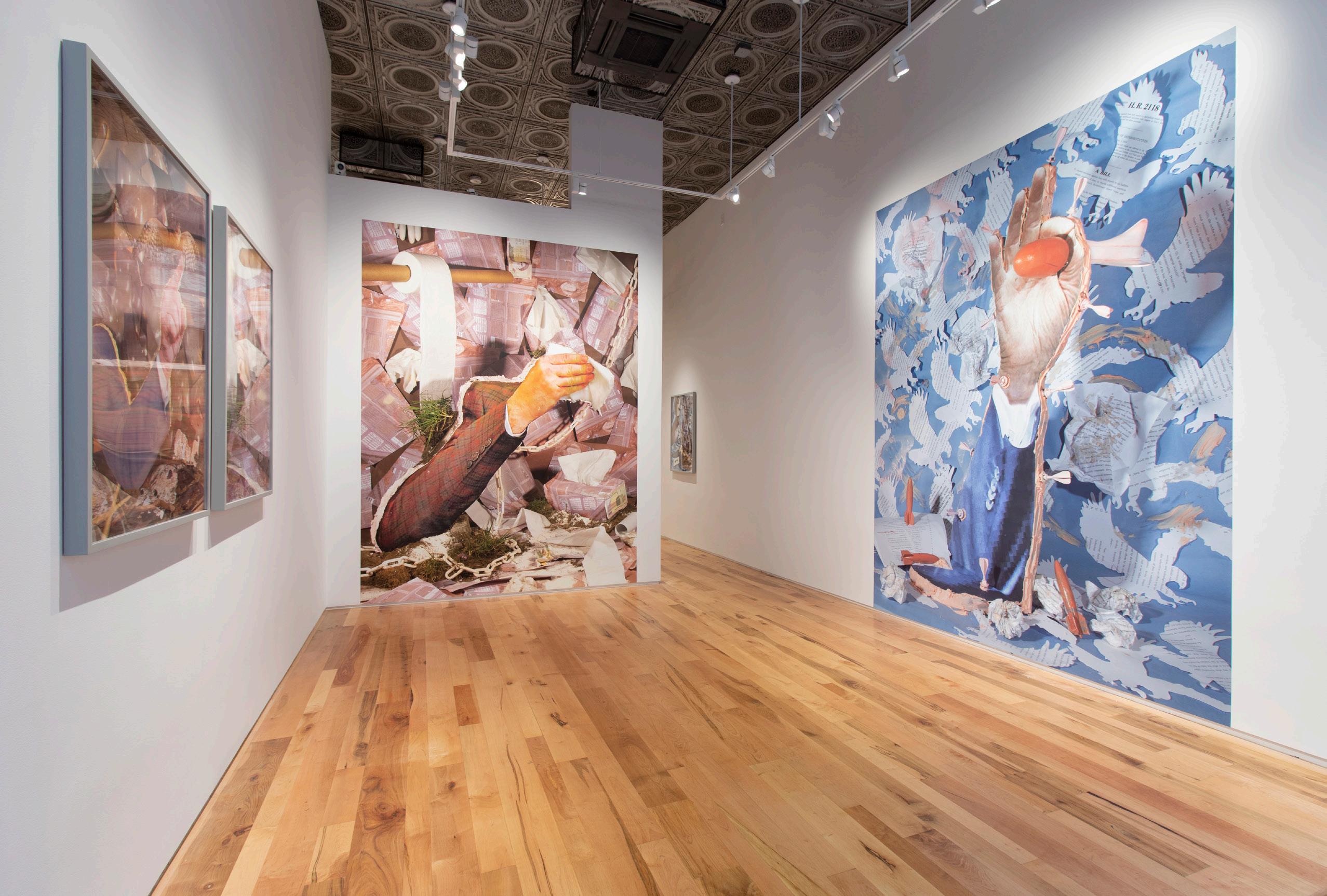
Born to political refugees who fled Iran in the wake of the 1979 Revolution, Sheida Soleimani’s experience growing up IranianAmerican was paradoxically shaped by nostalgia and trauma alike. Like many of her generation, she found herself caught between two Irans: the one her parents once knew and loved before the revolution; and the one that nearly killed them. The racist ignorance of an American society that could not distinguish between the two, which she also endured as a result of her heritage, added to her conflicted sense of identity and belonging.
This double consciousness, not surprisingly, is foundational to her photo-based multimedia practice, which exposes injustice and hypocrisy with no regard for allegiance. Whether redressing human rights abuses enacted under Iran’s repressive theocracy, or the racism and xenophobia she encountered at home, her acerbic, penetrating eye spares no one. And while her primary subject matter has been the ever-volatile terrain of US-Iranian relations, and the military industrial complex that fuels it, the scope of her vision - with its desire to seduce viewers rather than shock themrefuses didactic, linear readings.
Following in the footsteps of her activist parents, Soleimani’s bold and defiant willingness to speak her own truth has nonetheless put her at risk. What to a western audience may appear ironic or oblique, is provocative and egregious to an Islamic regime. Her exhibition, To Oblivion, 2017, for example, which confronted the ongoing disappearance/murder of Iranian female dissidents under Sharia law, led to death threats, and the eventual revoking of the artist’s dual citizenship. Inspired by her own mother’s stories of torture and imprisonment, the works in this show consisted primarily of collaged theatrical-styled backdrops, and soft bustlike sculptures, all imprinted with censored photos of the missing women. Soleimani’s research into their stories required covert contact with Iranian human rights lawyers and family members gone underground, not to mention dangerous forays into the dark web where many of the photos were extracted.
Part tableaux, part still life, Soleimani’s method of world-building enacts a deliberate spatial and conceptual ambiguity. The format of her constructed sets, with their dizzying conflation of 2-D and 3-D elements, is designed to force viewers to consider what is real, and what is illusion. It’s a process the artist has been refining for years, one that underscores the dissembling nature of media itself, particularly in the age of Fake News. That these tableaux are typically represented through photographs that flatten their flimsy hand-built fictions only intensifies their mystifying conceit. Many viewers, in fact, assume the resulting images are made in Photoshop. Soleimani’s relationship to photography, a medium she believes has historically been used to flatten and oppress bodies, and her description of the lens as “a dick that penetrates the world,” further informs this conceit.
In Soleimani’s current exhibition, Hotbed, 2020, which combines new and older works, the monumental scale of such photographs takes on the aura of advertising; traces of commercial and strobe lighting evoking an autocratic, Debordian sense of spectacle. Made before Biden won the 2020 presidential election, the works range from 2015-2020. Their subject matter, refracted through Soleimani’s dark campy wit, casts a wide net, exploring the thin line between Trump’s authoritarianism and that of President of Iran Hassan Rouhani; the devastating effects of US sanctions; Iran’s response to the COVID-19 pandemic; the geopolitical and environmental consequences of the oil trade; the misogyny of anti-secularism; the military industrial complex, and the impact of social media/pop culture on uprisings.
As with all her work, Soleimani offers us a complex, subjective take on “truth” through a symbolic lexicon of images and materials, some obvious, some cryptic. Materials such as frosting, bubble gum, fish, lime powder, bar bells, slices of bread, toy missiles, and Kleenex are physically composed and integrated with photographic images of military maps, missile signals, gold bars, electrical outlets, wrestlers, and images of Pamela Anderson from her Baywatch days. It’s a panoply of references that in works like Westoxification,
 Sheida Soleimani standing in one of the constructed sets in her studio in Providence, RI.
Sheida Soleimani standing in one of the constructed sets in her studio in Providence, RI.
2018, featuring a Busby Berkeley-esque extravaganza of swirling Andersons, humorously spoofs Iran’s fear of the West. The Orientalist gaze with its penchant for sexual fantasies and images of a barbaric Middle East is skewered as well.
The oldest work, B-Team, Iran Deal, 2015, features black-and-white images of Iranian wrestlers, symbolizing Iran’s national sport, and the 2015 Iran Nuclear Deal wrestled together by the UN Security Council and the Islamic Republic of Iran. In a nod to Hannah Höch’s iconic photomontage, Cut with the Dada Kitchen Knife through the Last Weimar Beer-Belly Cultural Epoch in Germany (1919), Soleimani has replaced the faces of world leaders - Angela Merkel, John Kerry, etc. - with wrestlers, framing their action with colored cut-outs of the latter’s hair and beards. The distortions in scale (enhanced by the presence of 3-D props like towels and energy drinks) and the cascade of her hybrid figures echo Höch’s Dadaist masterpiece.
Hotbed, 2020, from which the show takes its name, invokes another form of effacement. The photograph is based on the now infamous televised address by Iran’s Deputy Health Minister, Iraj Harirchi, during which he assured Iranian folks he had COVID under control. In her inimitable way, Soleimani’s satirization of the minister’s ludicrous assertions, made as he wiped a sweaty brow, and the day before he tested positive himself, is a carnivalesque mix of the ironic and sinister. Submerging all but the plaid-suited arm, hand, and shoulder of the Minister - all of which she outlines in lime powder - beneath fragmented aerial shots of cemetery plots, she creates a chaotic architecture of death. Harirchi’s hand, which clasps a tissue to his missing face, is framed on one side by a roll of toilet paper that


B-Team, Iran Deal , 2015
Archival pigment print
46 x 30 in/117 x 76 cm
Edition of 2 + 1 AP
Opposite Top: Westoxification , 2018
Archival pigment print
54 x 42 in/137 x 107 cm
Edition of 2 + 1 AP
Opposite Bottom: Detail of Westoxification , 2018

unravels beneath him, and a strand of white chain-link on the other.
On November 3rd, in another absurdist television address to the Iranian people, the Ayatollah proclaimed: “It’s obvious that when a regime reaches this point, it will not live for much longer and will be destroyed”. He was mocking the U.S. 2020 presidential election. Coming from one of the world’s most corrupt dictators, it’s a hilariously deranged statement, especially given Joe Biden’s eventual defeat of Trump. And yet for a minute there, Trump’s authoritarianism was giving the Ayotollah’s a run for his money. Soleimani’s diptych-esque works , 1/8/2020 and PS752, with their finger-pointing showdown, are a hyperbolic embodiment of that, and a commentary on the ensuing blame game that exacerbated the decline of US-Iranian relations. The nearly identical cropped gray-suited forearms of each leader centered in these respective works are made virtually indistinguishable. So too, the hawk and dove perched atop each respective finger are turned into useless, empty signifiers, as interchangeable as Trump and Rouhani’s swaggering threats.
Now that Trump has been ousted, one can dream that Rouhani could be too. In the meantime, Soleimani will continue to make art both seductive and tragic, and always with her trademark cunning humor. As media blackouts, food shortages, hyperinflation, and state-sanctioned torture continue to devastate Iranian lives, we can be sure that her deft send-ups of corruption and duplicity will point a finger at us, insisting we question what we choose to see and believe.
Jane Ursula Harris is a Brooklyn-based writer who has contributed to Art in America, Bookforum, BOMB, Cultured Magazine, The Paris Review, Flash Art, The Believer, and GARAGE, among other publications. Her essays appear in catalogues including Carnegie Mellon’s forthcoming Jacolby Satterwhite: Spirits Roaming on the Earth; Participant Inc.’s NegroGothic: M. Lamar; Hatje Cantz’s Examples to Follow: Expeditions in Aesthetics and Sustainability; Kerber
Verlag’s Marc Lüders: The East Side Gallery; Phaidon’s Vitamin D: New Perspectives in Drawing, Phaidon’s Vitamin P: New Perspectives in Painting; Universe-Rizzoli’s Curve: The Female Nude Now; and Twin Palms’ Anthony Goicolea. Harris curates on a freelance basis, and is an art history faculty member at the School of Visual Arts. She is a 2020 recipient of the inaugural Cultured Magazine/Parker Pens writer’s grant.




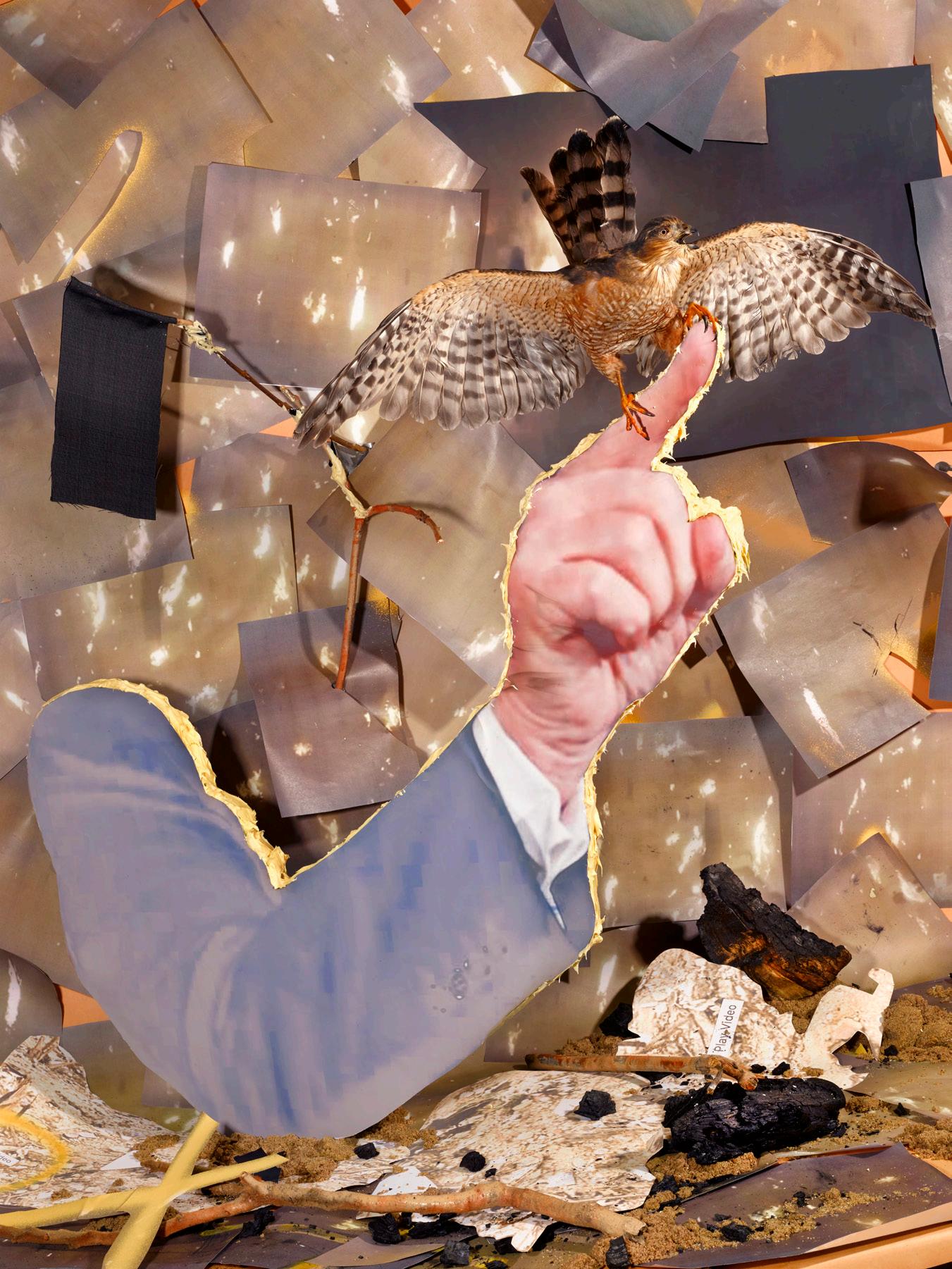
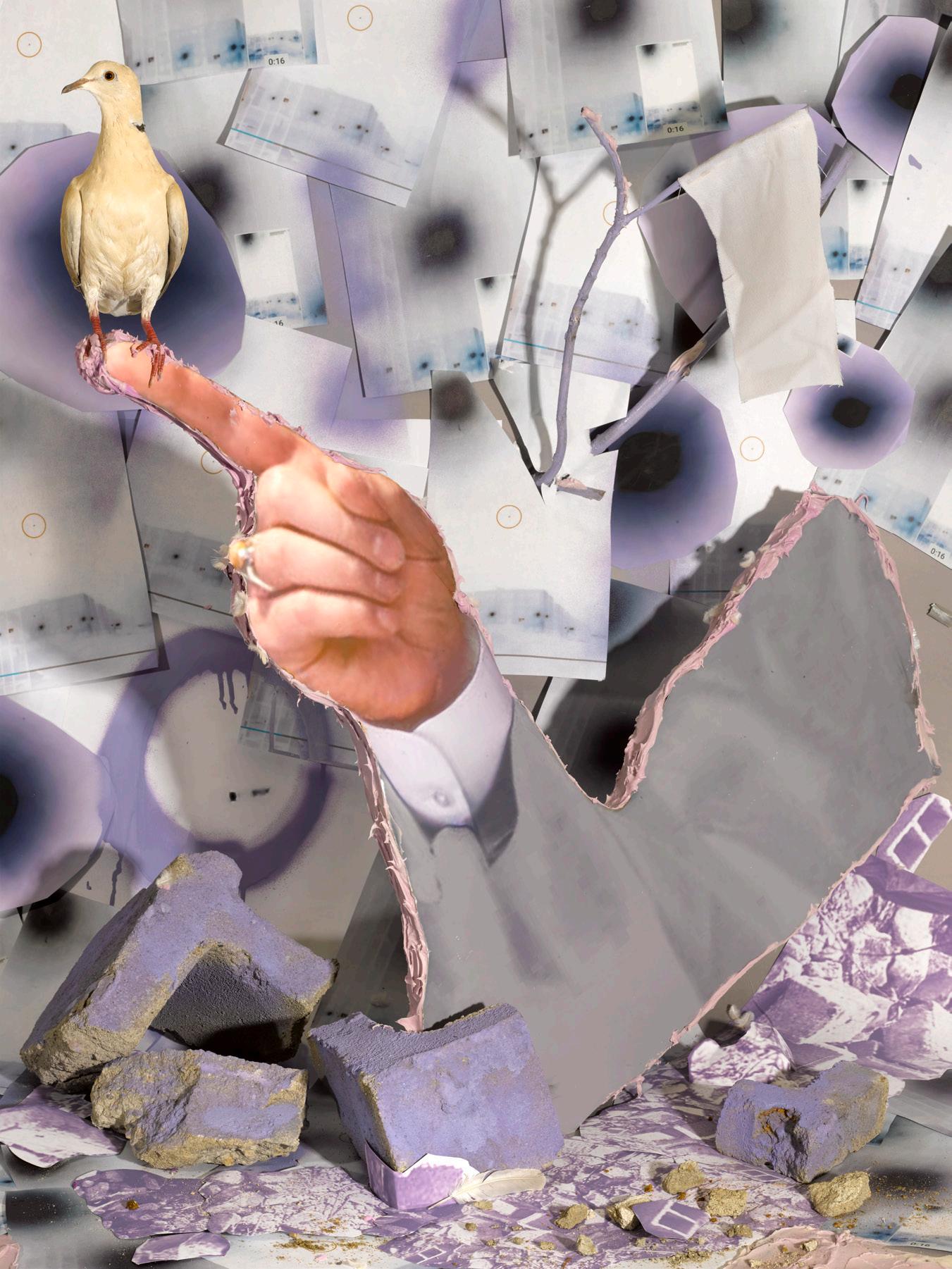
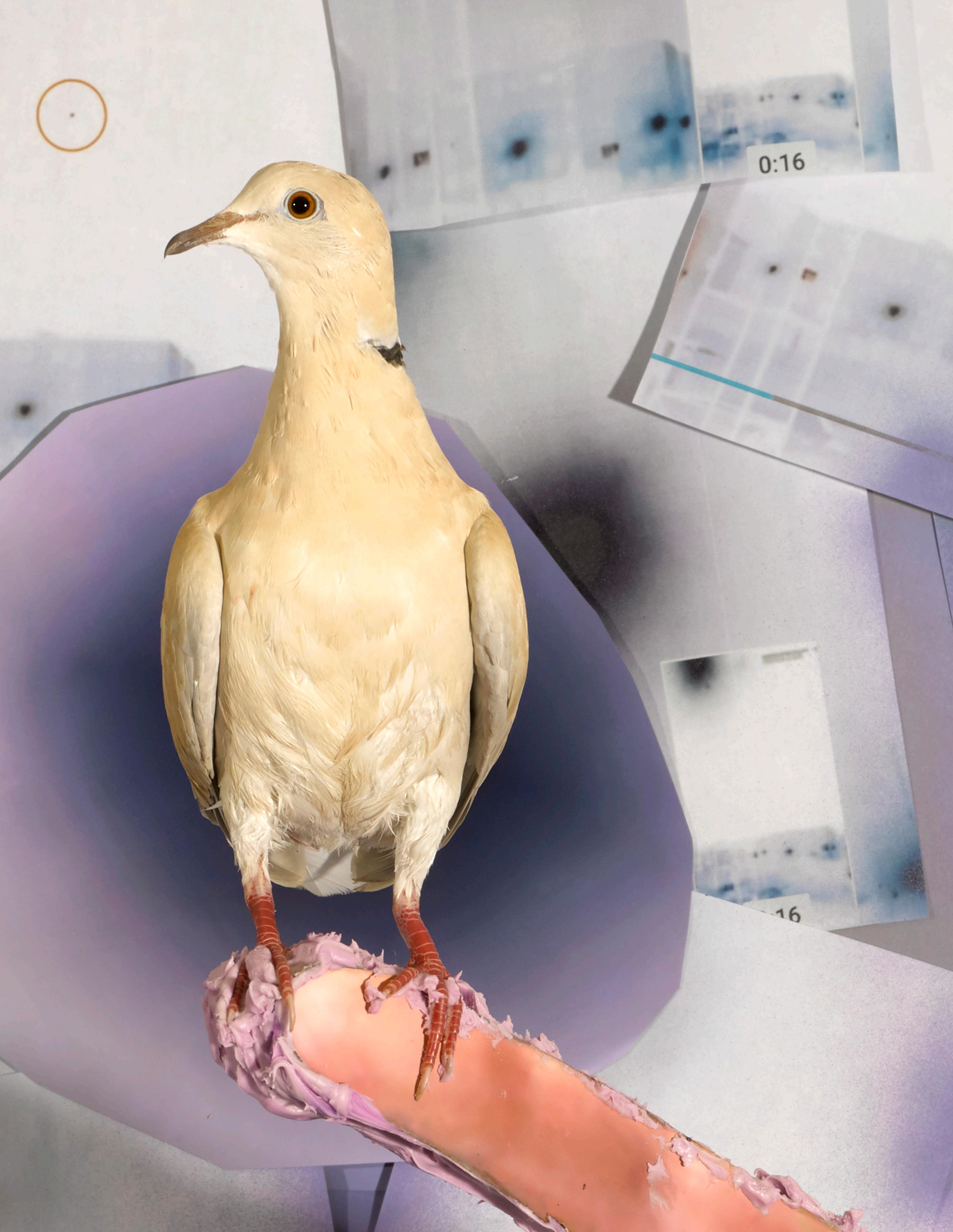
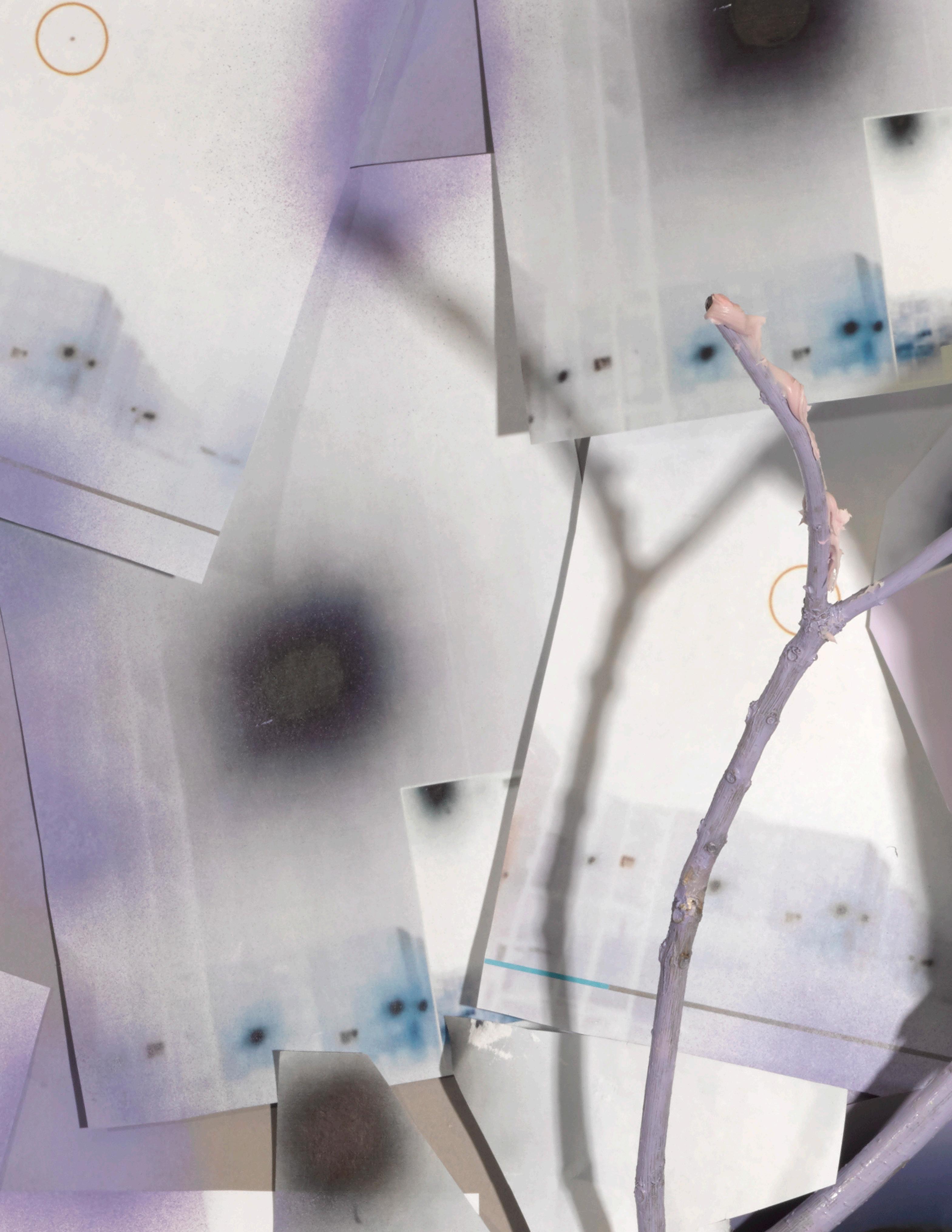
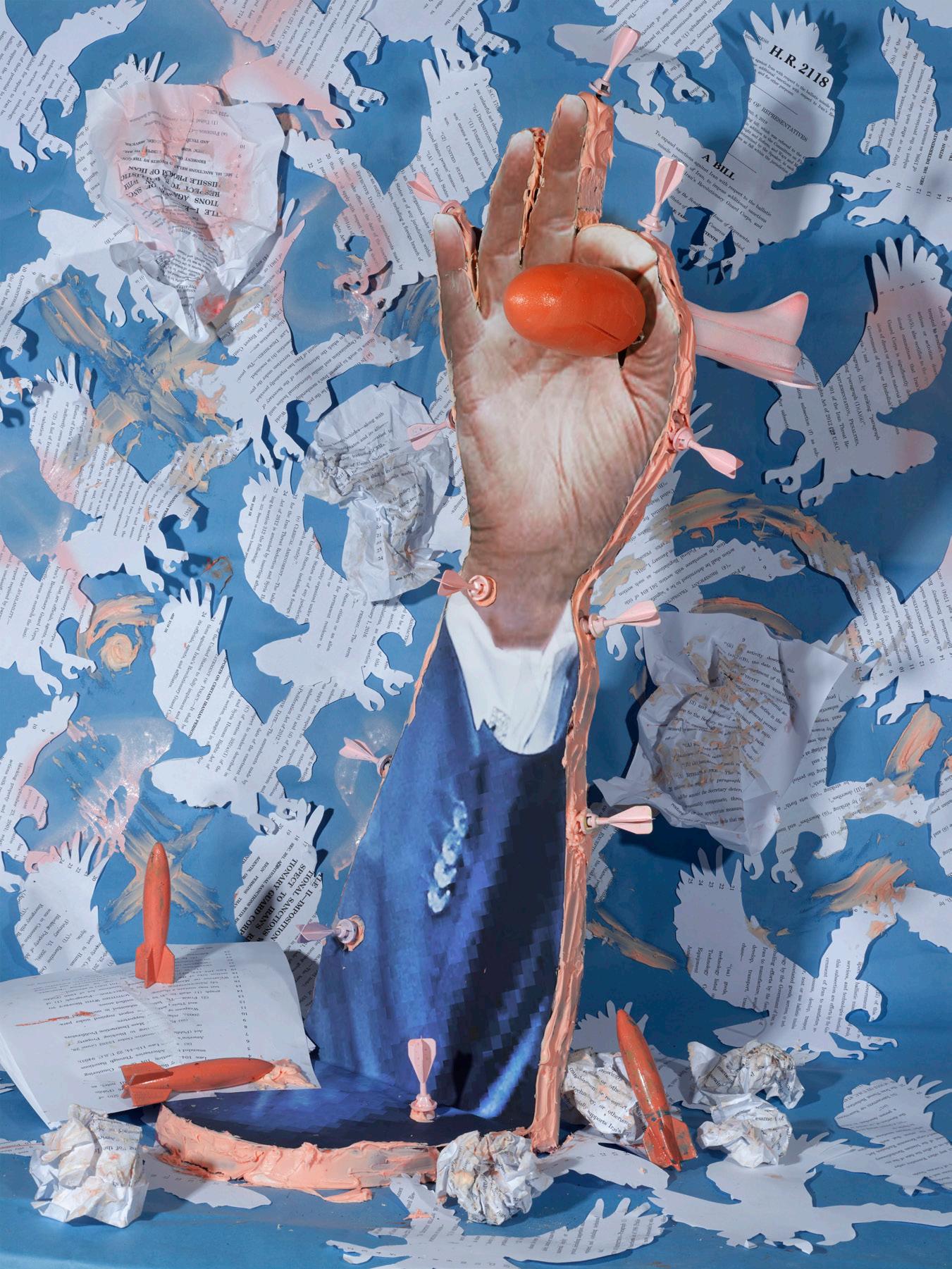
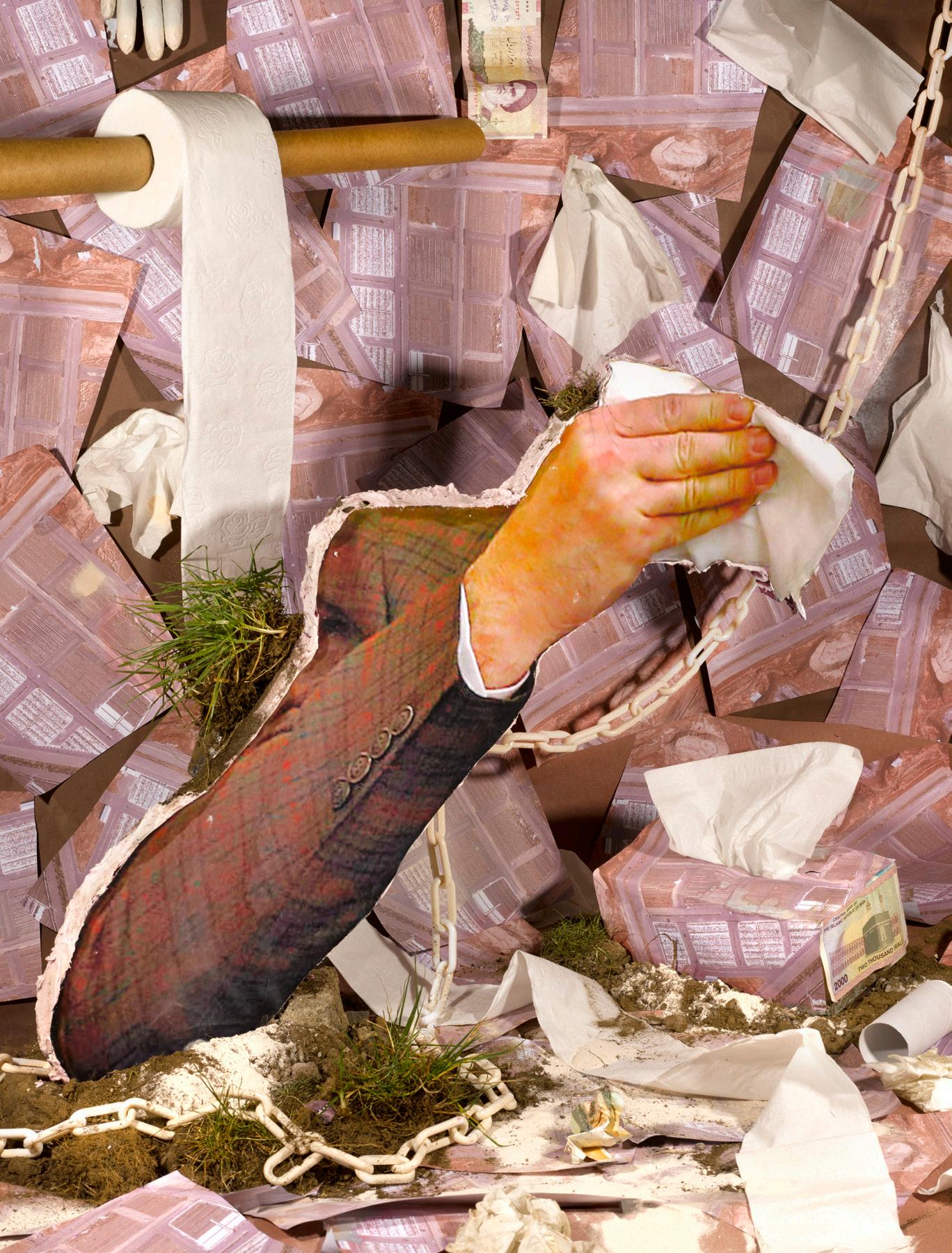

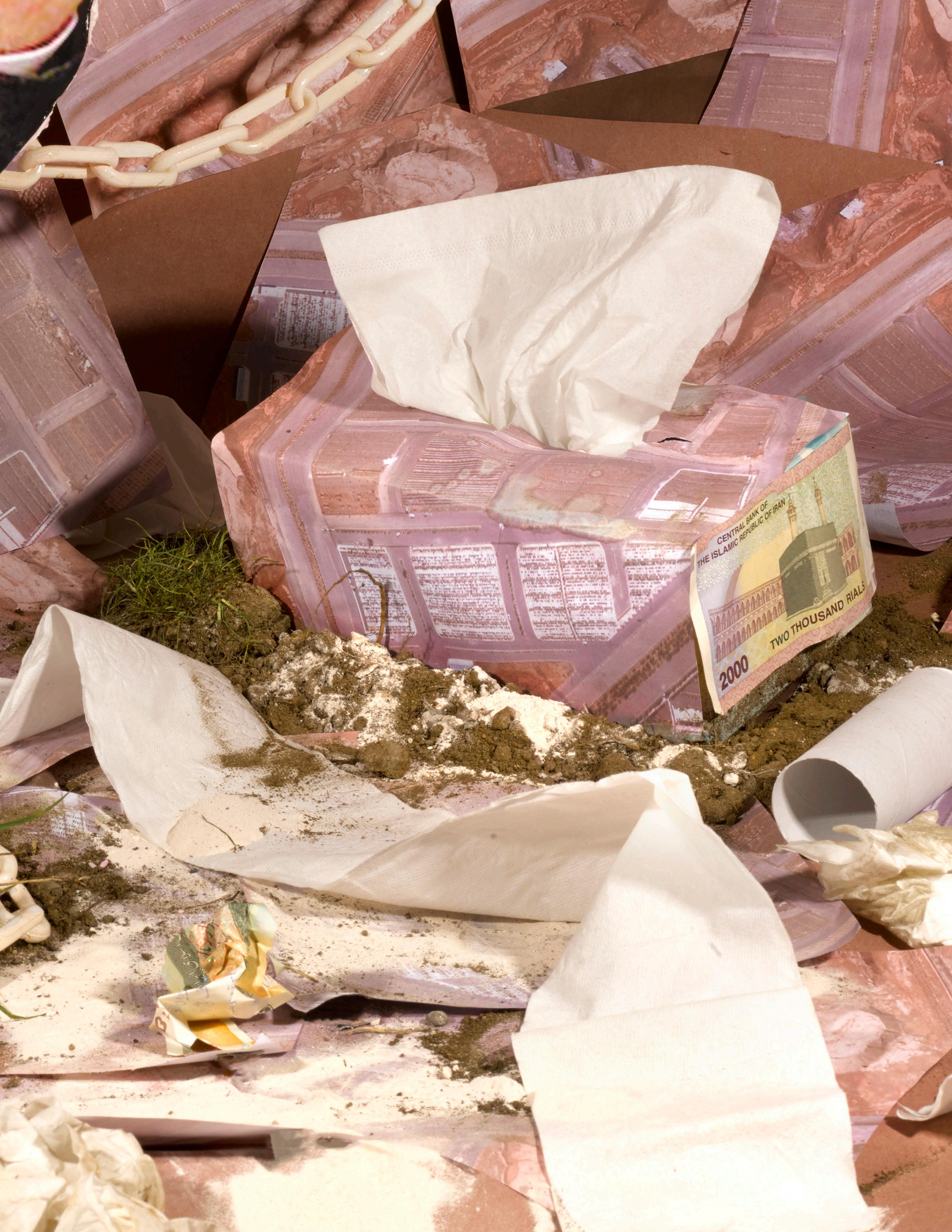
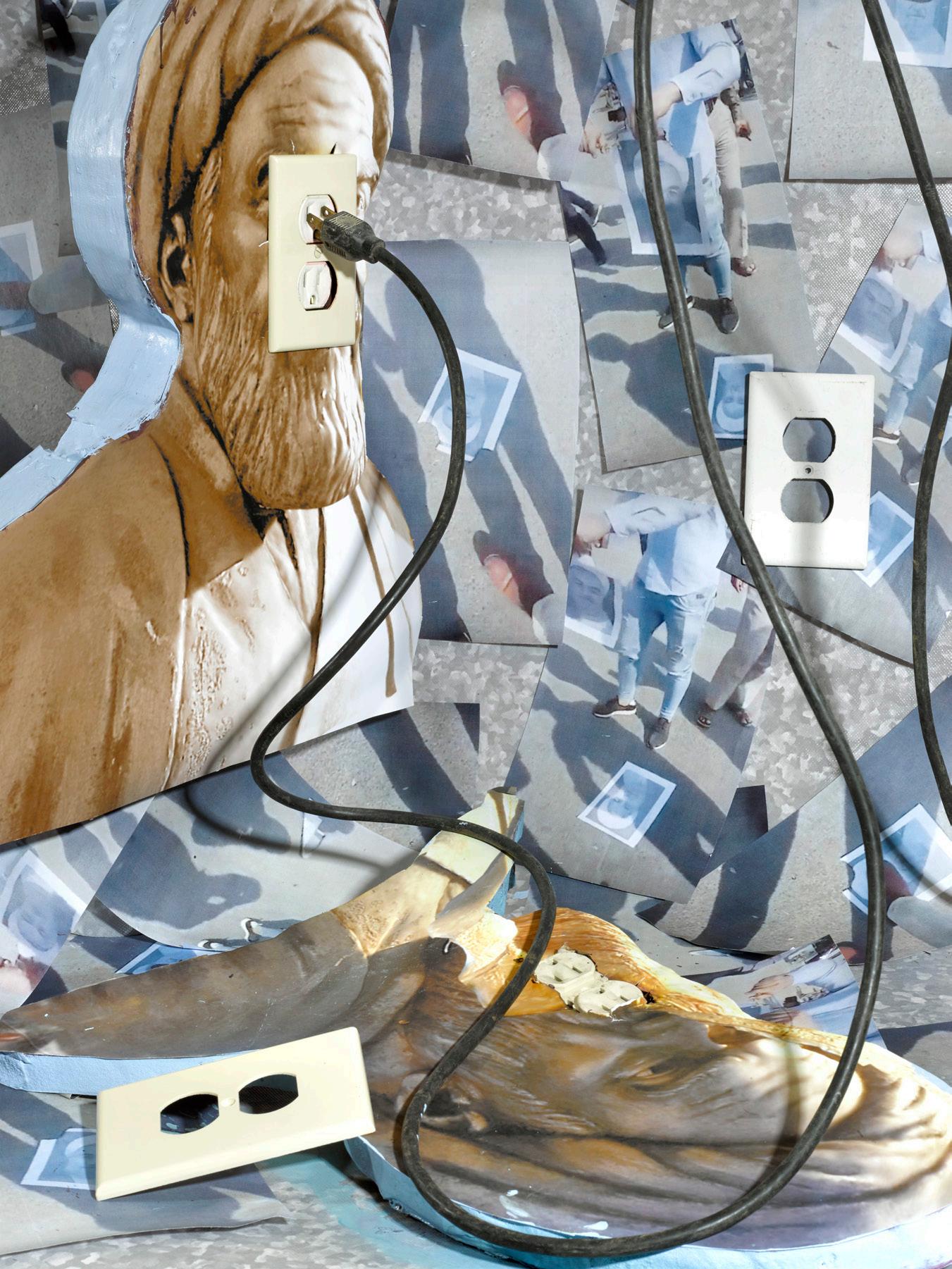
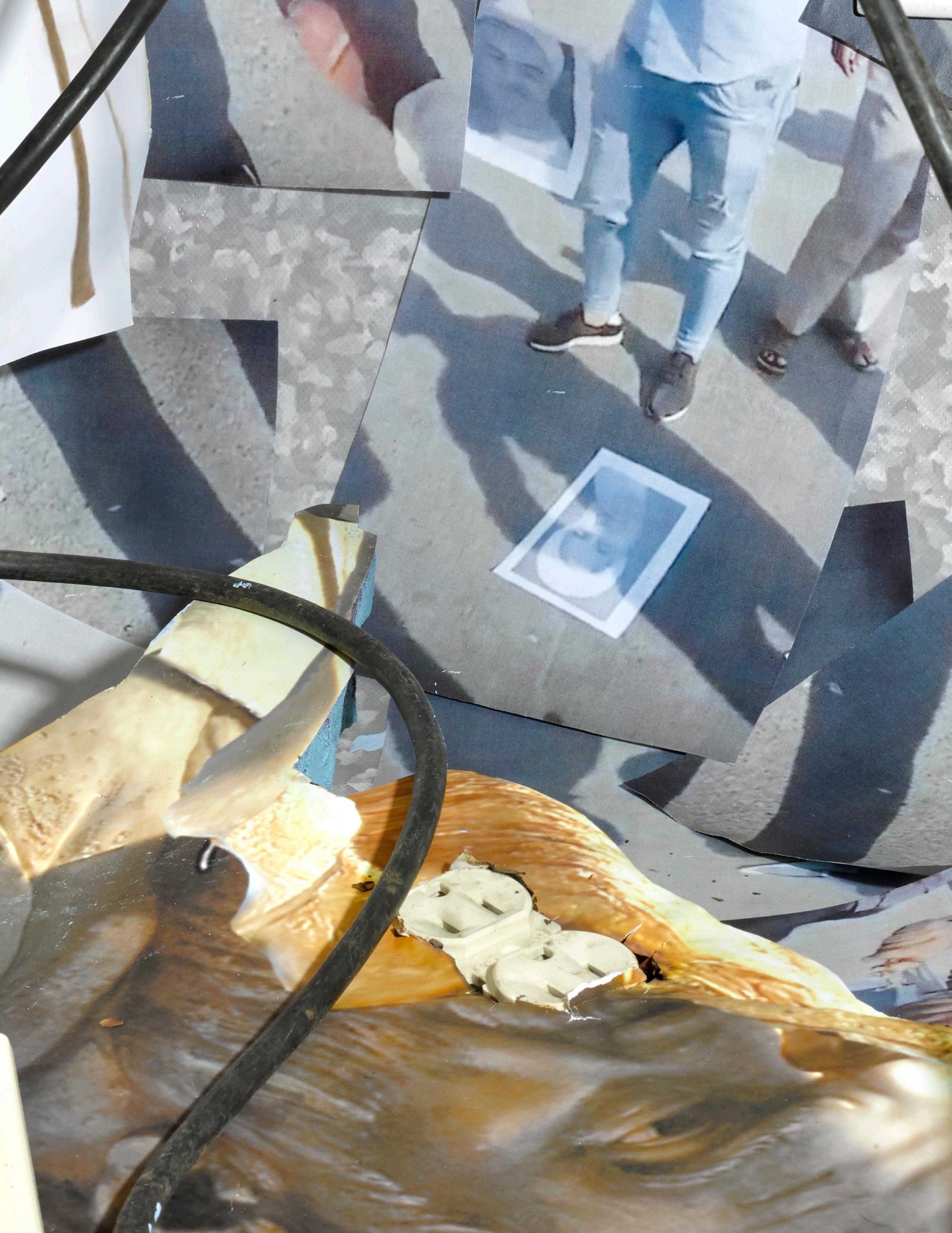

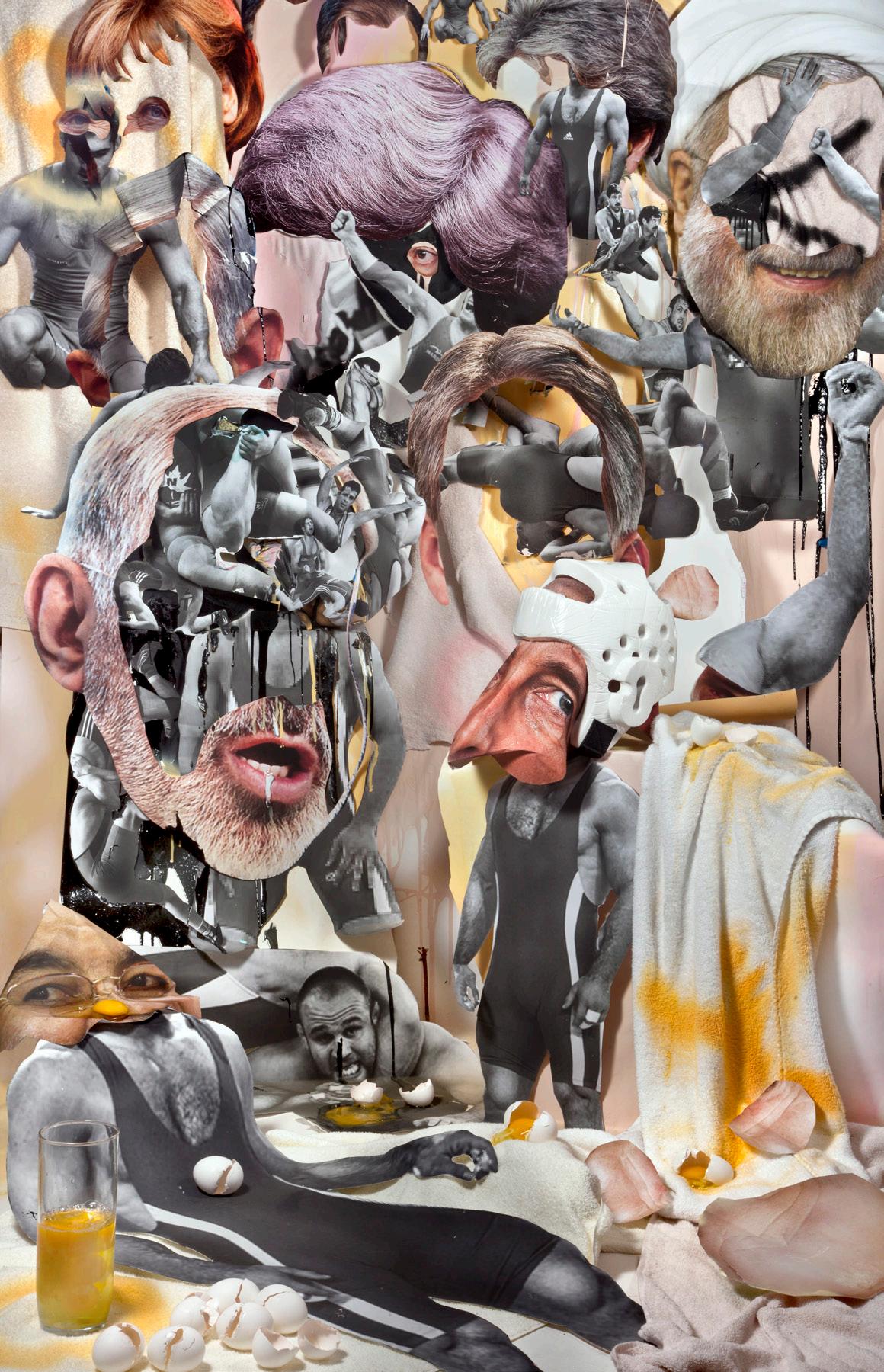
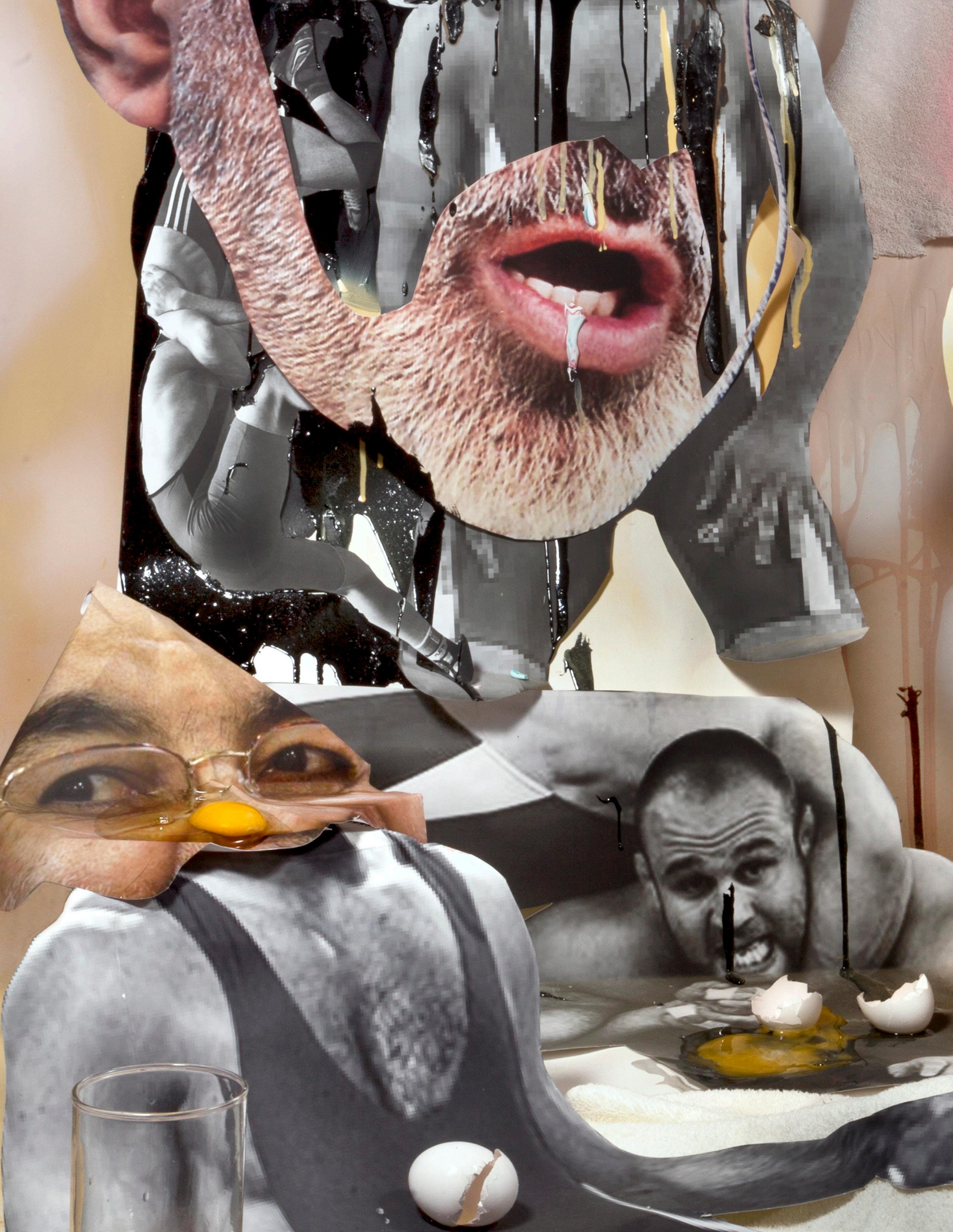
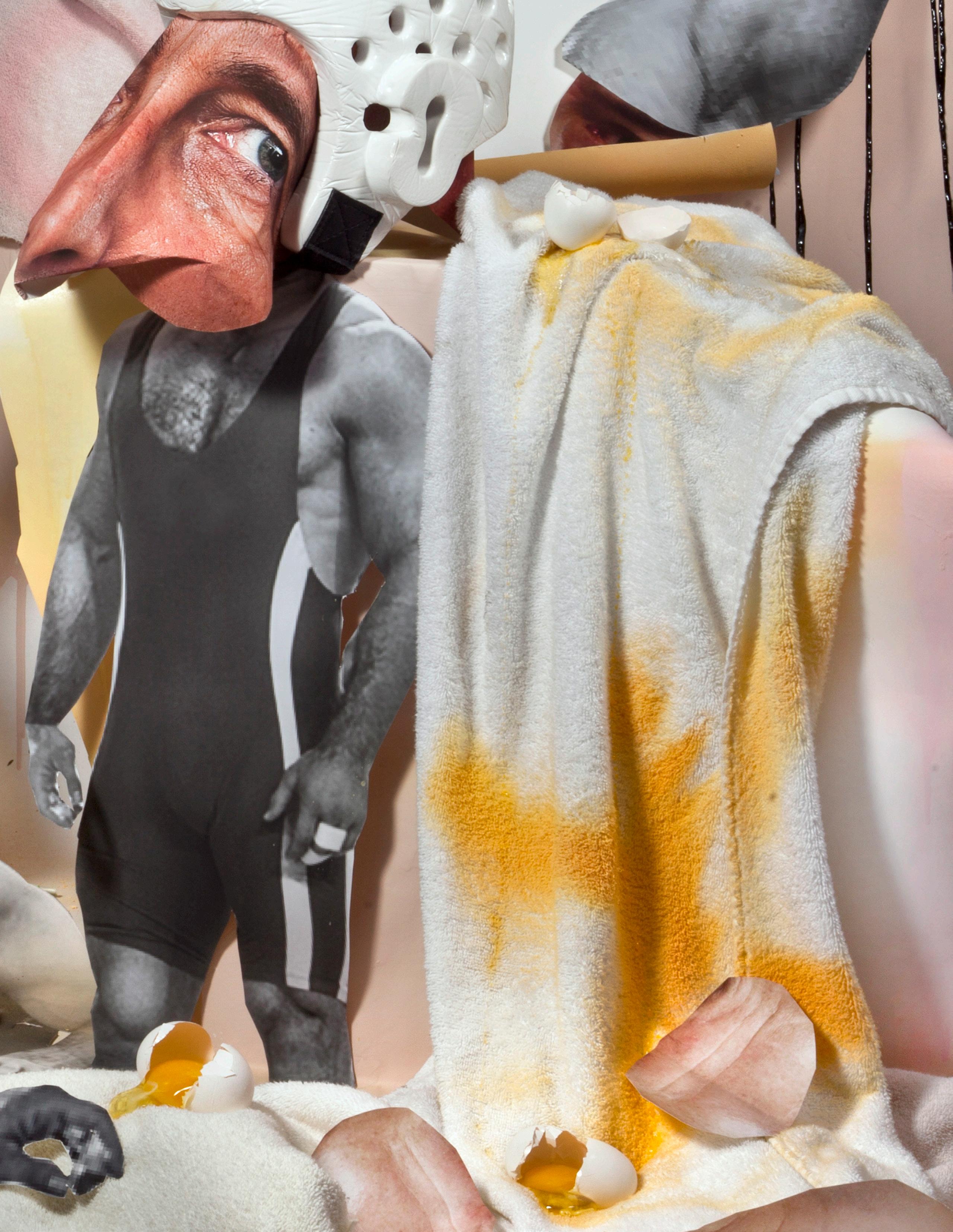
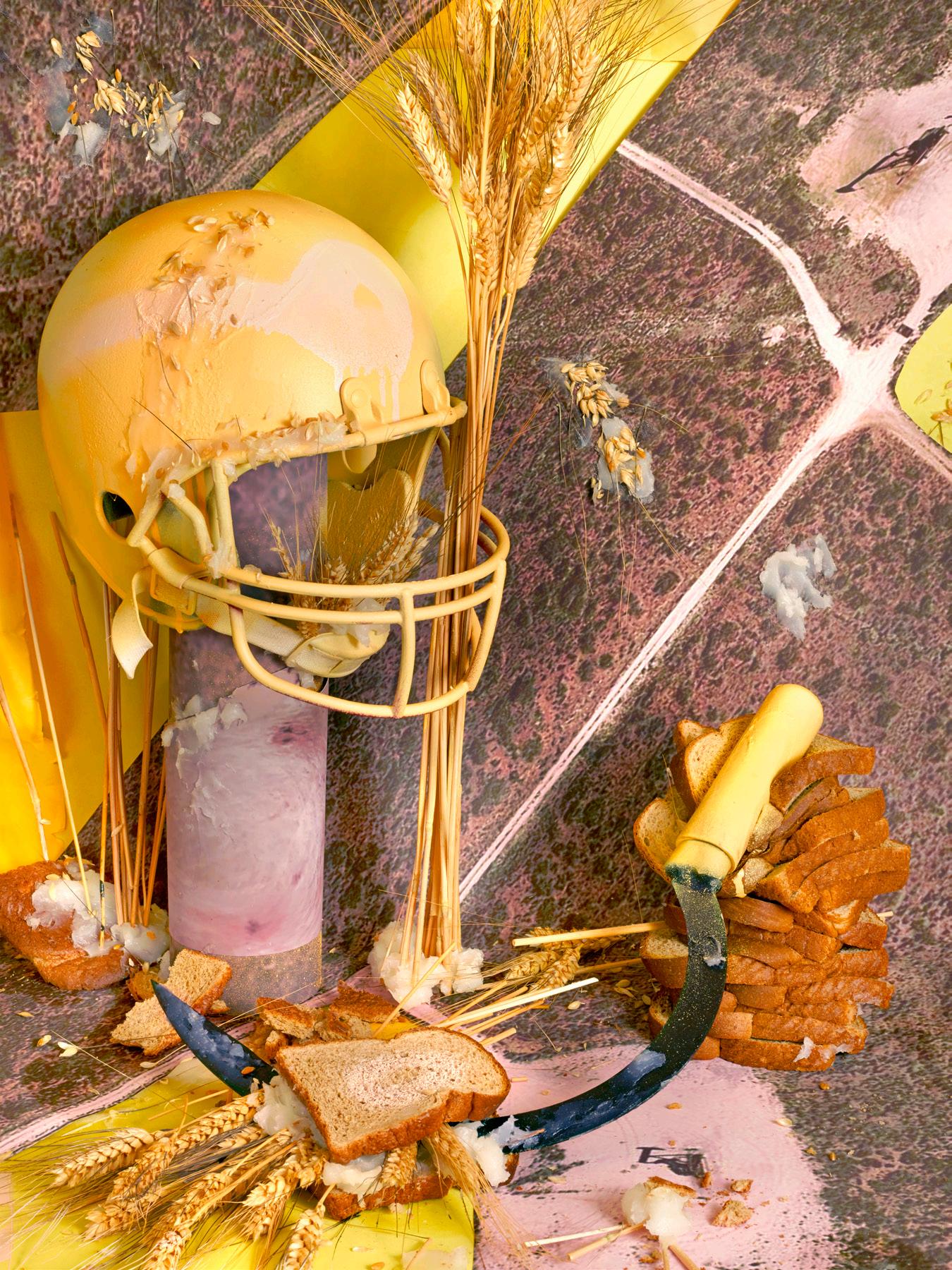
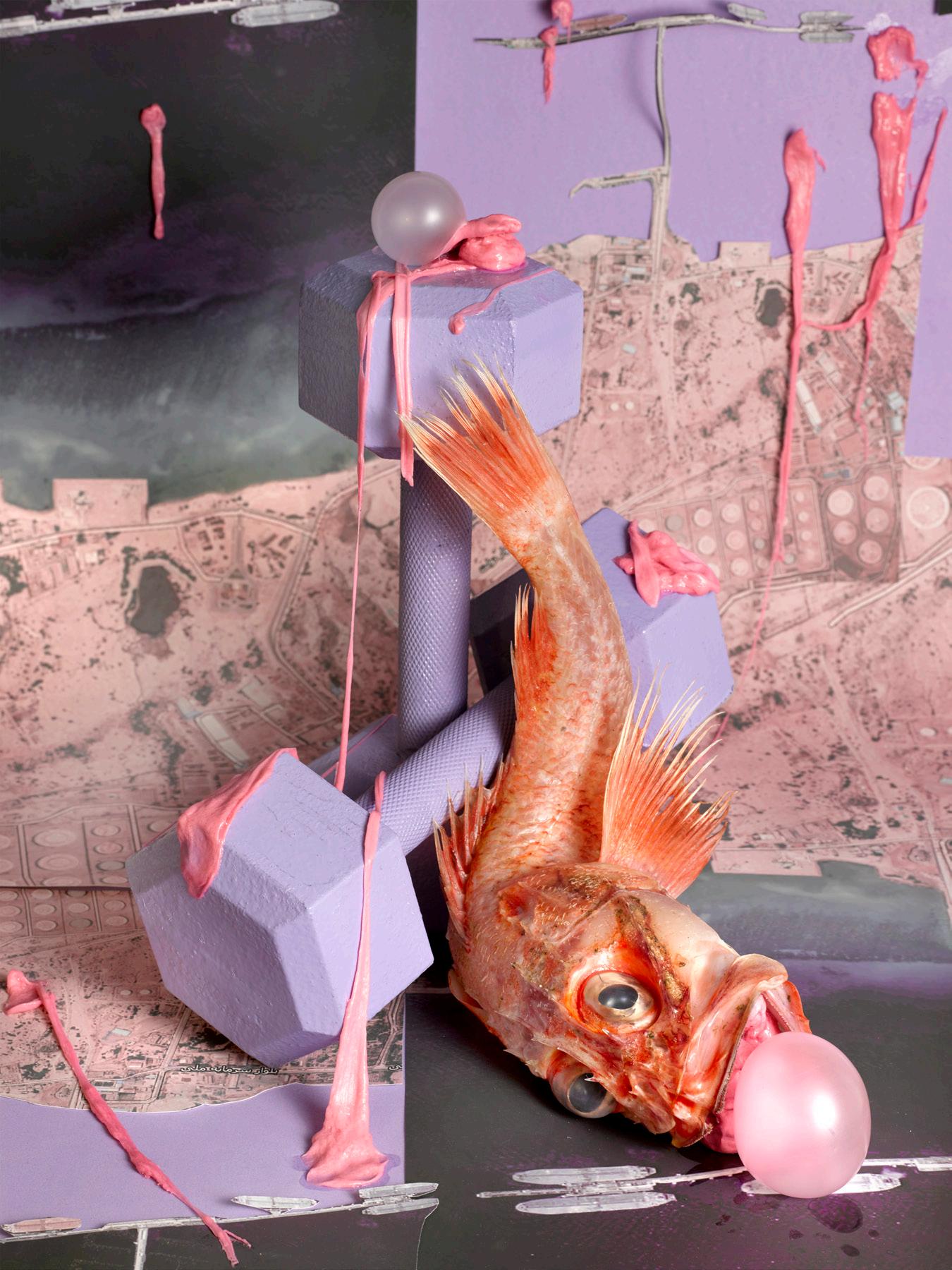
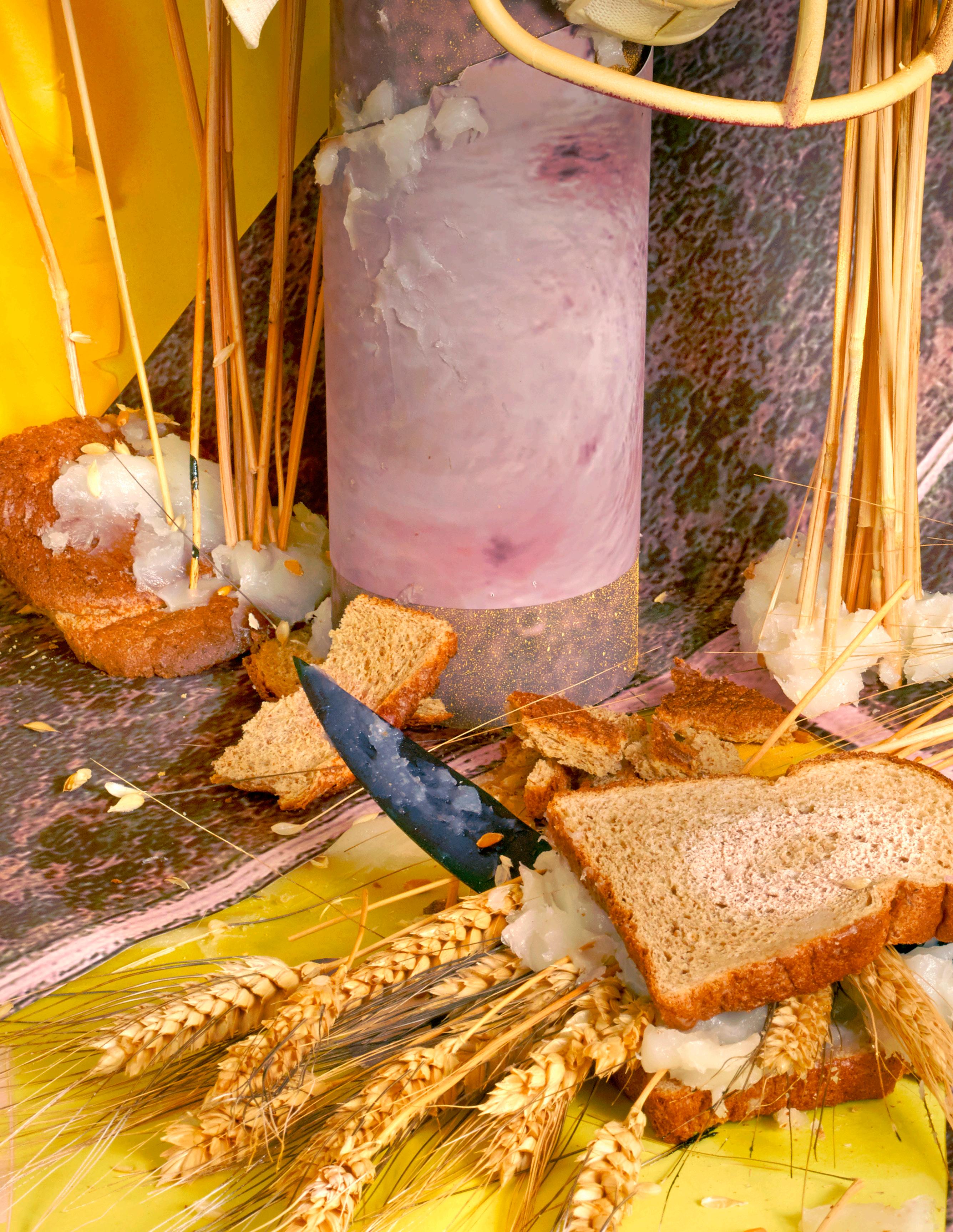
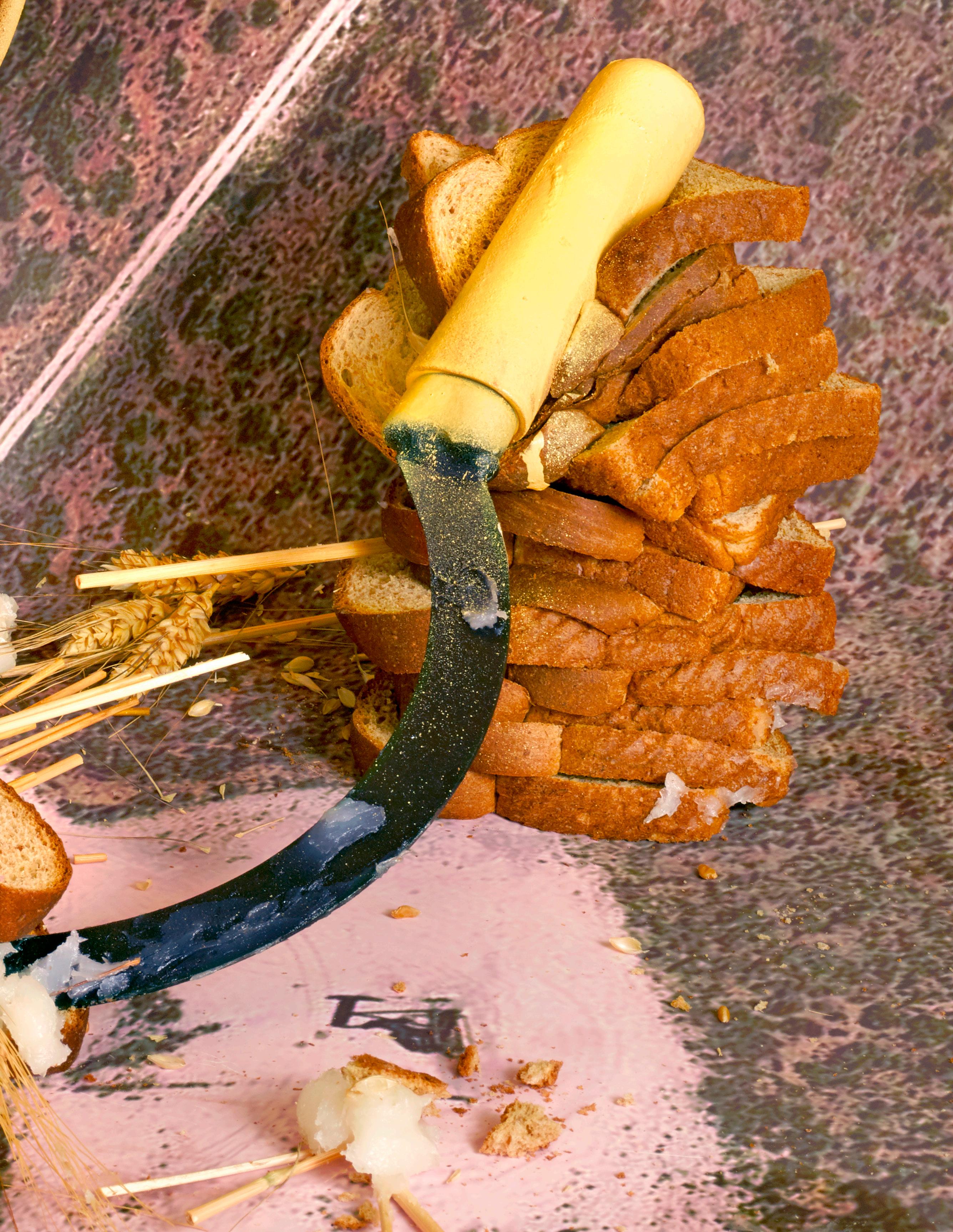
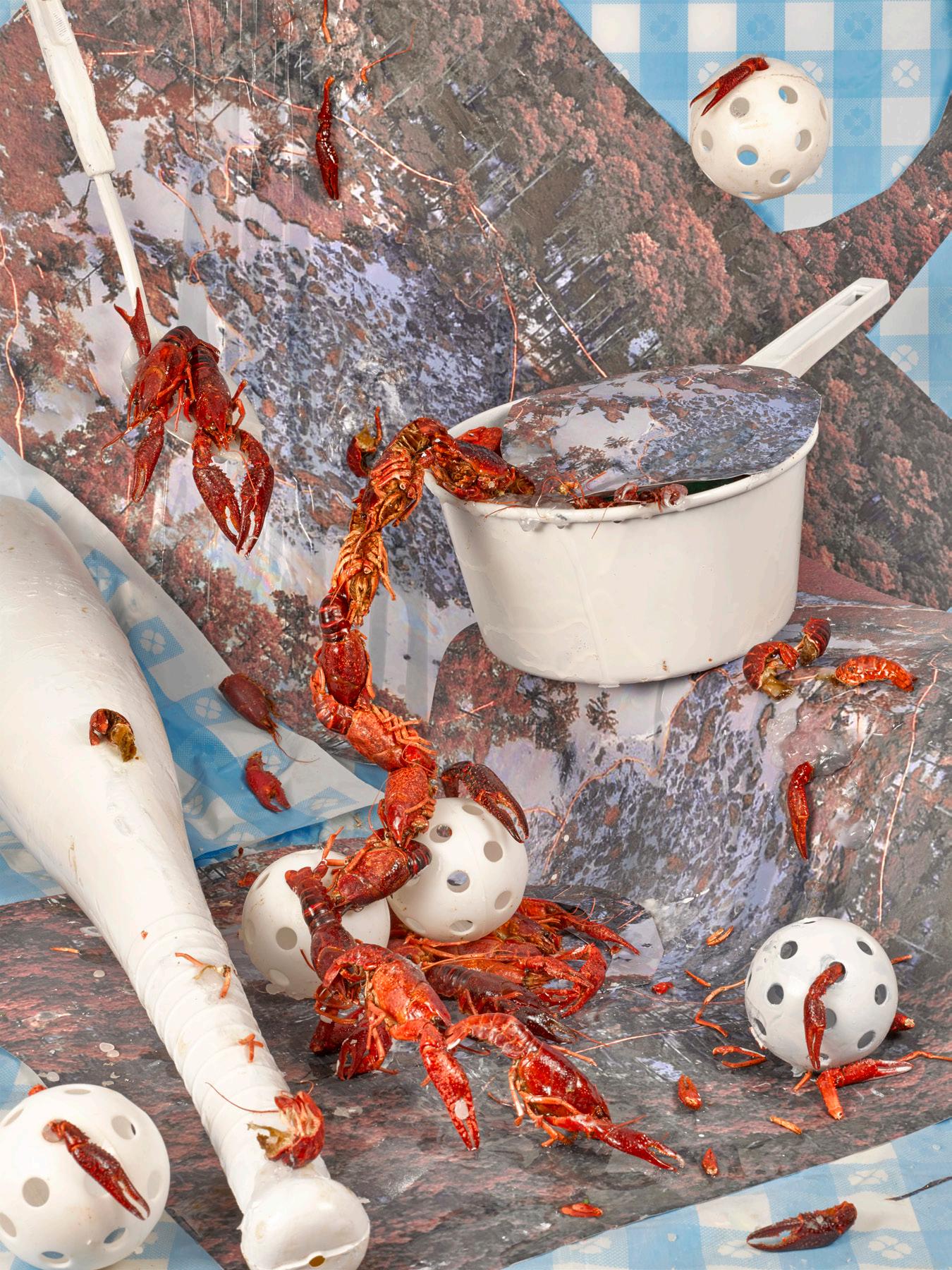
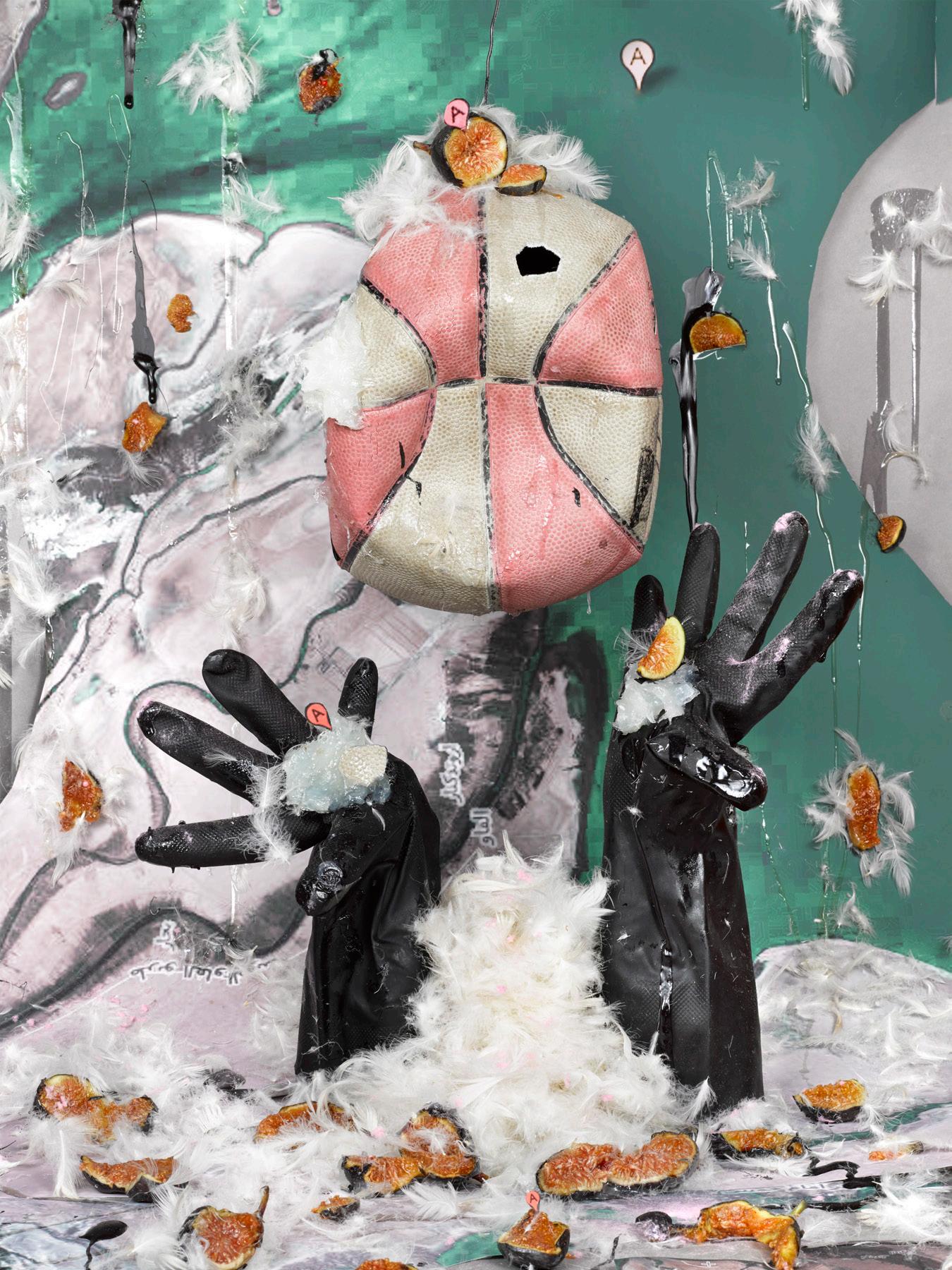
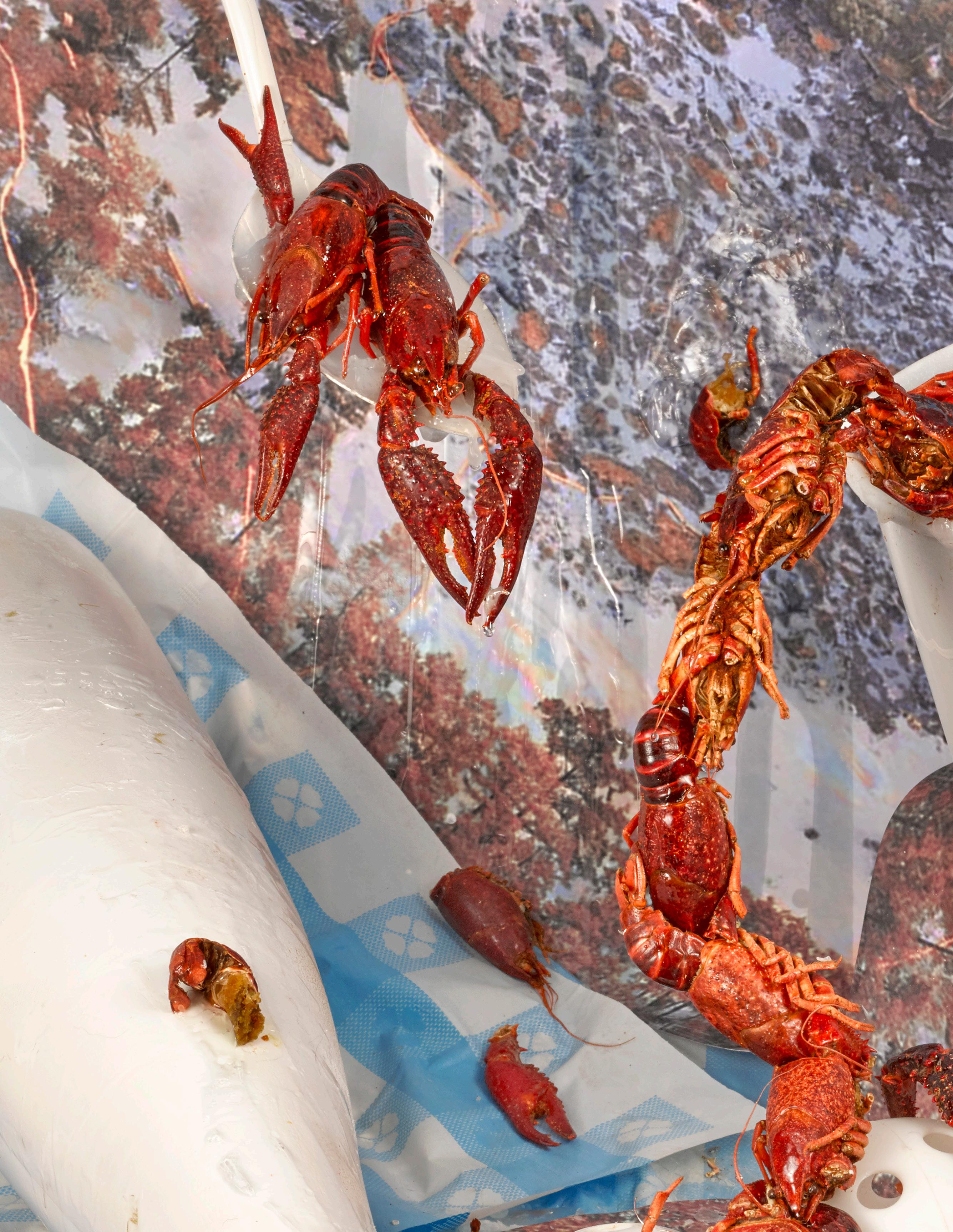
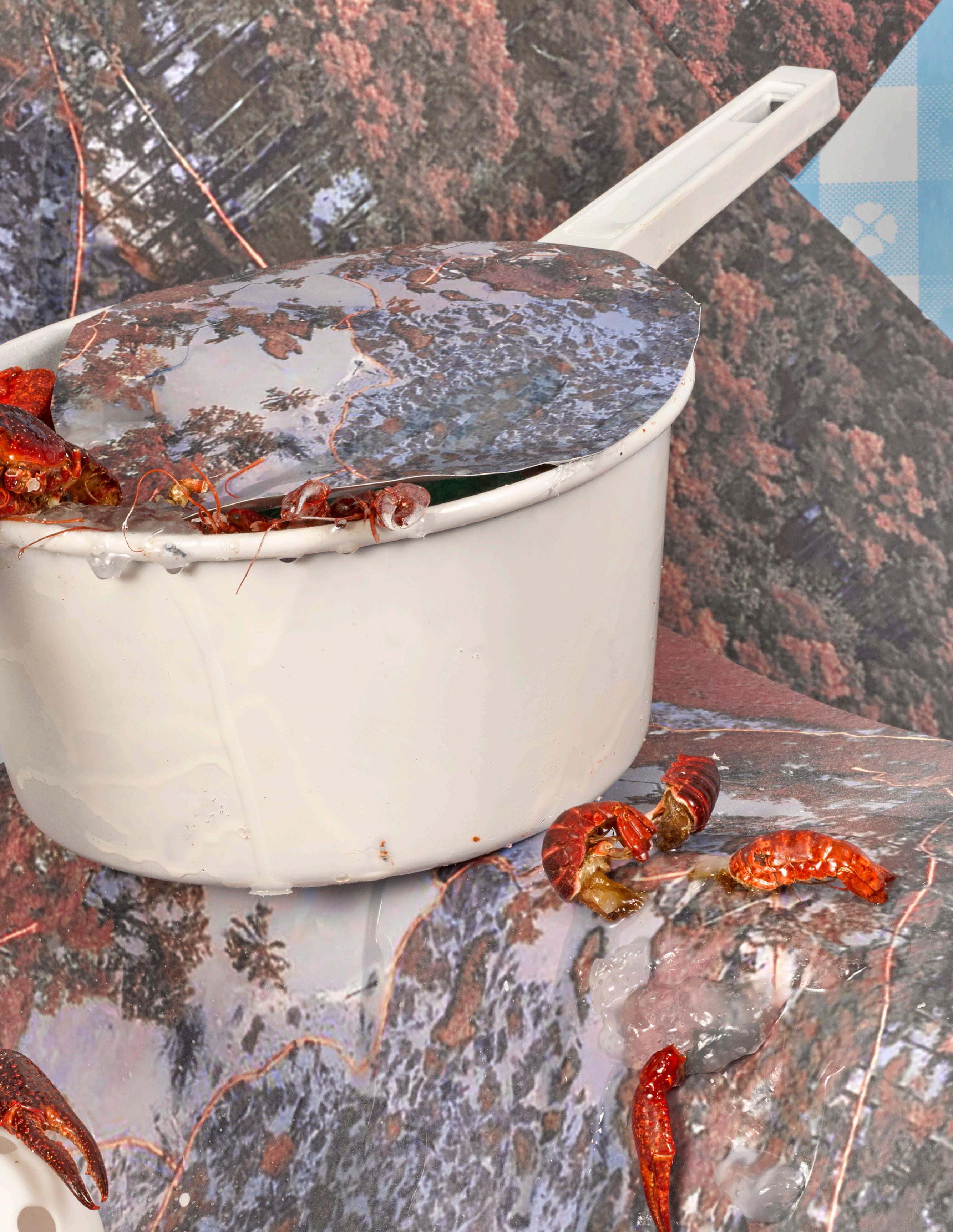
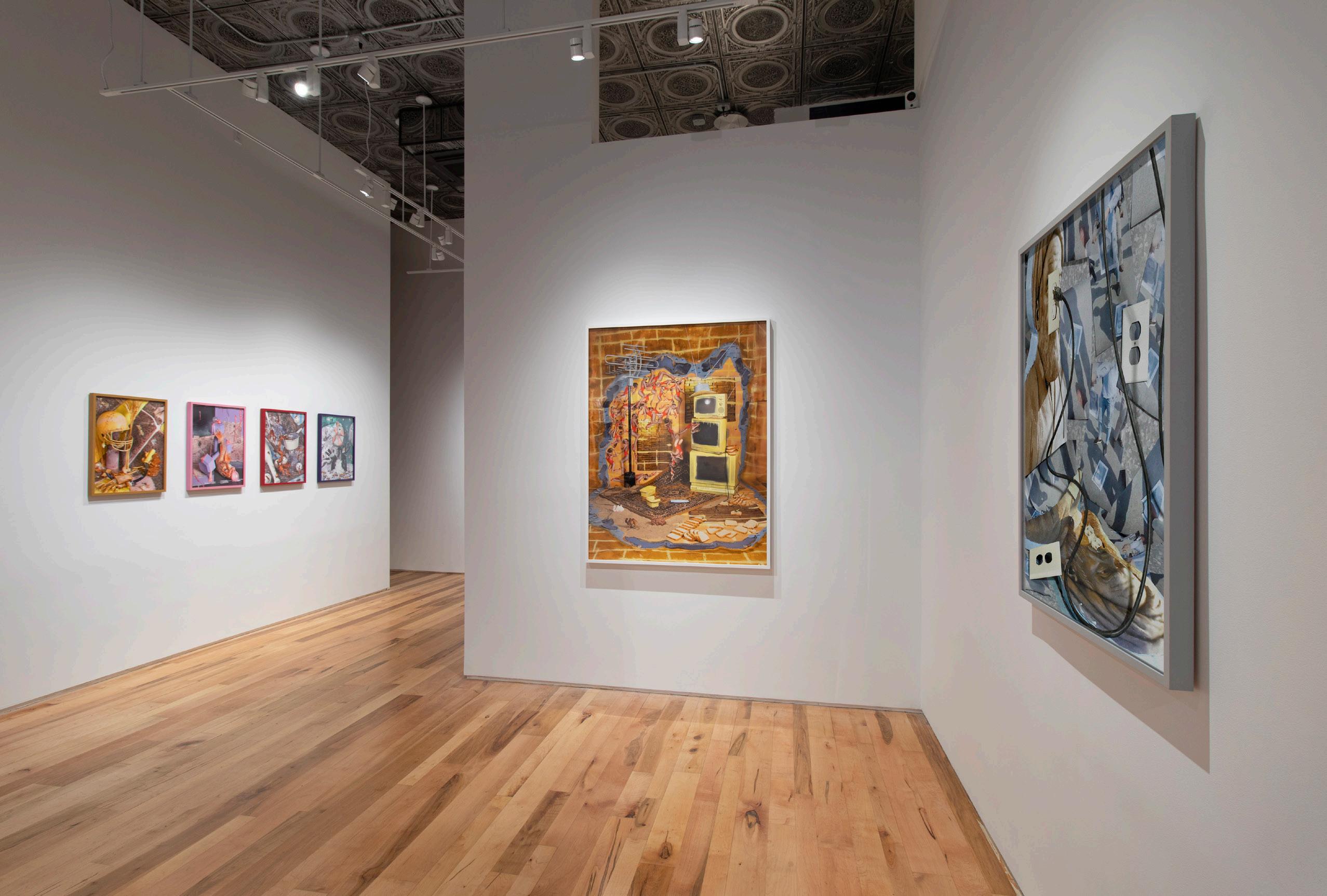
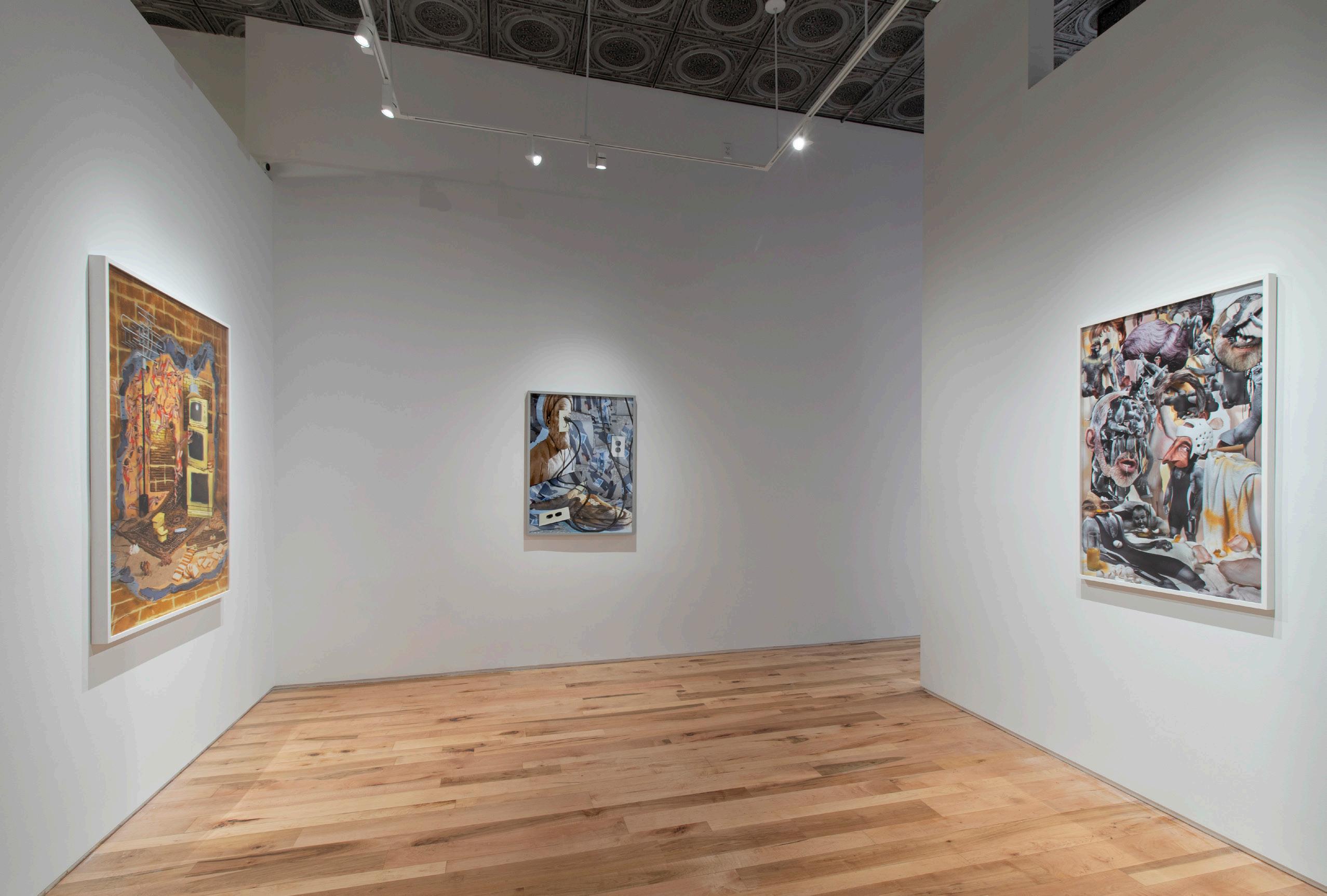
Born 1990 in Indianapolis, IN
Lives in Providence, RI
Assistant Professor of Studio Art, Brandeis University, Waltham, MA
2015 MFA, Cranbrook Academy of Art, Bloomfield Hills, MI
2023 Reparation Packages , The Fabric Workshop and Museum, Philadelphia, PA
2021 Sheida Soleimani, Castello San Basilio, Basilicata, Italy
CRUDES , Providence College, Providednce, RI,
2020 Hotbed , Denny Dimin Gallery, New York, NY
Medium of Exchange , Harlan Levey Projects, Brussels, BE
2019 YANKEE GO HOME, Andrew Rafacz Gallery, Chicago, IL
Medium of Exchange, Southern Utah Museum of Art, Cedar City, UT
Medium of Exchange, Library Street Collective, Detroit, MI
2018 Medium of Exchange, Atlanta Contemporary, Atlanta, GA
Medium of Exchange, CUE Arts Foundation, New York, NY
2022 Rising Sun , Pennsylvania Academy of the Fine Arts, Philadelphia, PA
2020 The Immune Project, Reykjavik, Iceland
2019 The Hudson Eye , Allen Street, Hudson NY Too Far, So Close , Monica Reyes Gallery, Vancouver, BC
DeCordova Biennial , DeCordova Museum of Art, Lincoln, MA
Messengers: Artists as Witness, Museum of Art at the University of New Hampshire, Durham NH
2012 BFA, University of Cincinnati, College of Design, Architecture, Art and Planning, Cincinnati, OH
Medium of Exchange, Contemporary Arts Center, Cincinnati, OH
Medium of Exchange, Edel Assanti, London, UK
2017 Social Learning Theory, Williamson/Knight, Portland, OR Reinforcements, Atlanta Contemporary, Atlanta, GA
To Oblivion, Edel Assanti, London, UK
2016 Civil Liberties , BOYFRIENDS, Chicago, IL
National Anthem, 1305 Gallery, Cincinnati, OH
National Anthem, Biel/Bienne Festival of Photography, Bern, CH
National Anthem, ROMPONE, Cologne, DE
To Oblivion , 186 Carpenter, Providence, RI
2012 Panjereh (Window), Prairie Gallery, Cincinnati, OH
2011 Namaz Khaneh , semantics, Cincinnati, OH
2018 Wide Angle: Photography Out Of Bounds , Weston Art Gallery, Cincinnati, OH
Coping Mechanisms , Library Street Collective, Detroit, MI
Of Fictive Intentions , VACATION, New York, NY
Hyphen-American , George Washington University, Washington D.C
Myth, Memory, Migration, NARS Foundation, New York, NY
Opress (er) (ed), SPACE Gallery, Jacksonville, FL
2017 UNTITLED, Andrew Rafacz Gallery, Miami, FL
Phantom Limb , Jimei x Arles Photography Festival, Xiamen, CN
Nevermind, Azizam , Transformer, Washington D.C
Der Grief: Thread Count , Unseen Photo Fair, Amsterdam, NL
Unobstructed Views , Library Street Collective, Detroit, MI
Made In Iran, Born In America , Guerrero Gallery, San Francisco, CA
You Catch More Flies With Arsenic Than Honey , Club Pro, Los Angeles, CA
The Personal is Political: Feminist Art from the Sara M. and Michelle Vance Waddell Collection , Wave Pool, Cincinnati, OH
2016 UNTITLED Miami, Andrew Rafacz Gallery, Miami, FL
Treading Water , TGIF, New York, NY
Re: Formation , Gallery Project, Toledo, OH Coagulants , AC Institute, New York, NY
2017 ‘Jowhar’ zine release & signing, Chicago Art Book Fair, Chicago, IL
RESIDENCIES AND GRANTS
2020 Castello San Basilio, residency, Basilicata, Italy
2017 MacColl Johnson Fellowship, Providence, RI
2016 Rhode Island School of Design Faculty Grant; traveled to London, UK Woodstock AIR Program, The Center for Photography at Woodstock, residency, Woodstock, NY
2014 Cranbrook Academy of Art Merit Award, Bloomfield Hills, MI
Women at Work , ROMPONE, Cologne, DE Screen(ing), AC Institute, New York, NY
Parallelograms , S1 Gallery, Portland, OR
Doubly So , Center Gallery, College of Creative Studies, Detroit, MI
2015 New Wave, Goss-Michael Foundation, Dallas, TX
After The Moment, Contemporary Arts Center, Cincinnati, OH
Public Utility , New Capital, Chicago, IL
Piece It Together , University of Toledo Galleries, Toledo, OH
Other Another, David Klein Gallery, Detroit, MI
FOCUS: Iran , Craft and Folk Art Museum, Los Angeles, CA
2014 META_MORPH_ISIS , Black Paper, Los Angeles, CA
Pyrocognition, Forum Gallery, Bloomfield Hills, MI
TRANS , Studio Couture, Detroit, MI
2013 Synergistics , New Capital, Chicago, IL
The Download #6: A Desktop Lamentation, Rhizome / The New Museum, New York, NY
8ball Zine Zone at the NYABF, MoMA PS1, New York, NY
Robert C. Larson Art, Design, and Architecture Venture Fund, travelled to Brazil
2013 Ohio Arts Council Individual Excellence Grant
2012 Three Arts Grant, for ‘Panjereh (Window)’ series
2011 Isabel Wolfstein Scholarship, travel grant; traveled to Mexico City, Mexico
University of Cincinnati Alumni Association Grant
John L. Magro Foundation, grant for ‘Namaz Khaneh’
2010 John L. Magro Foundation, grant for ‘My Mother’s Daughter’
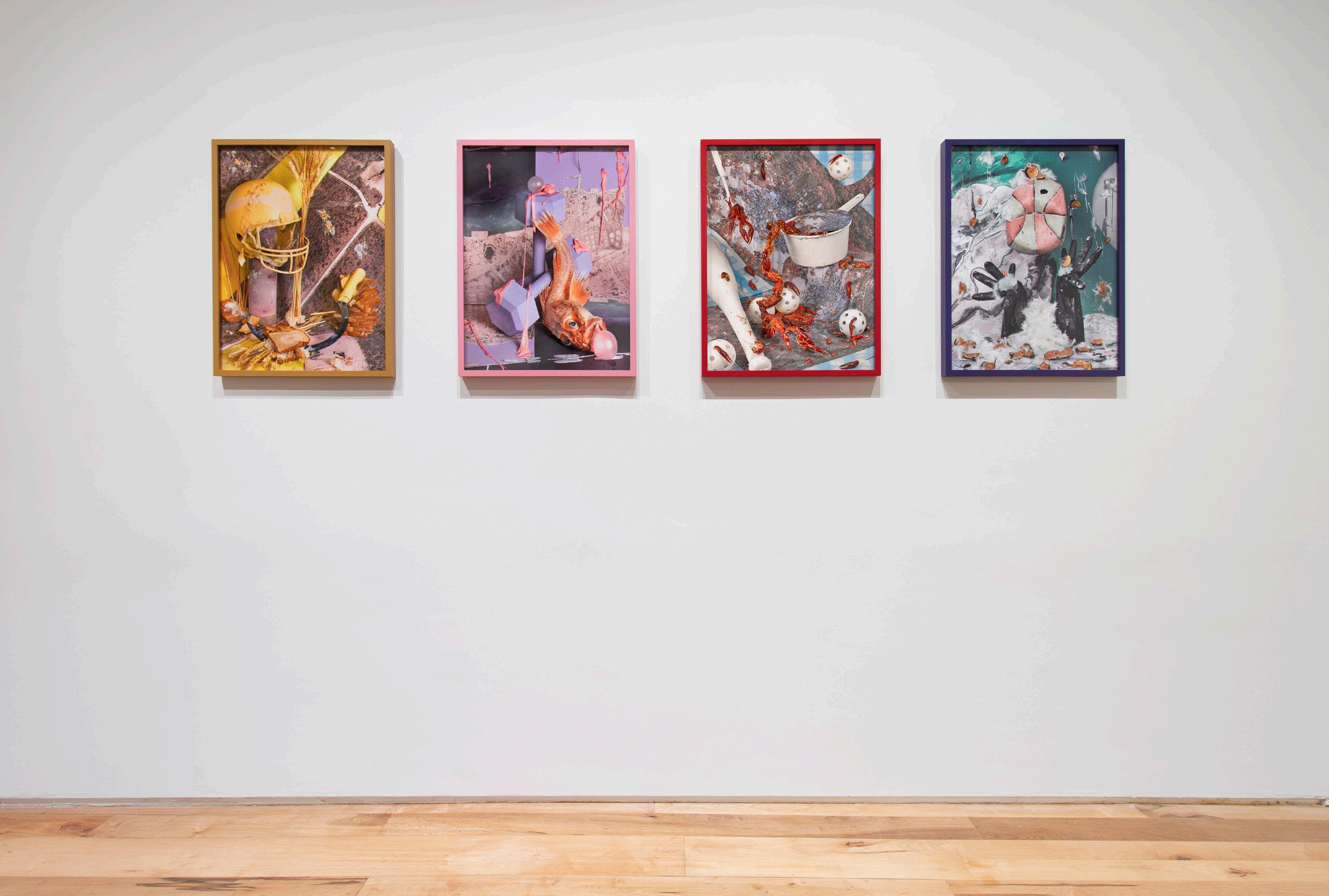
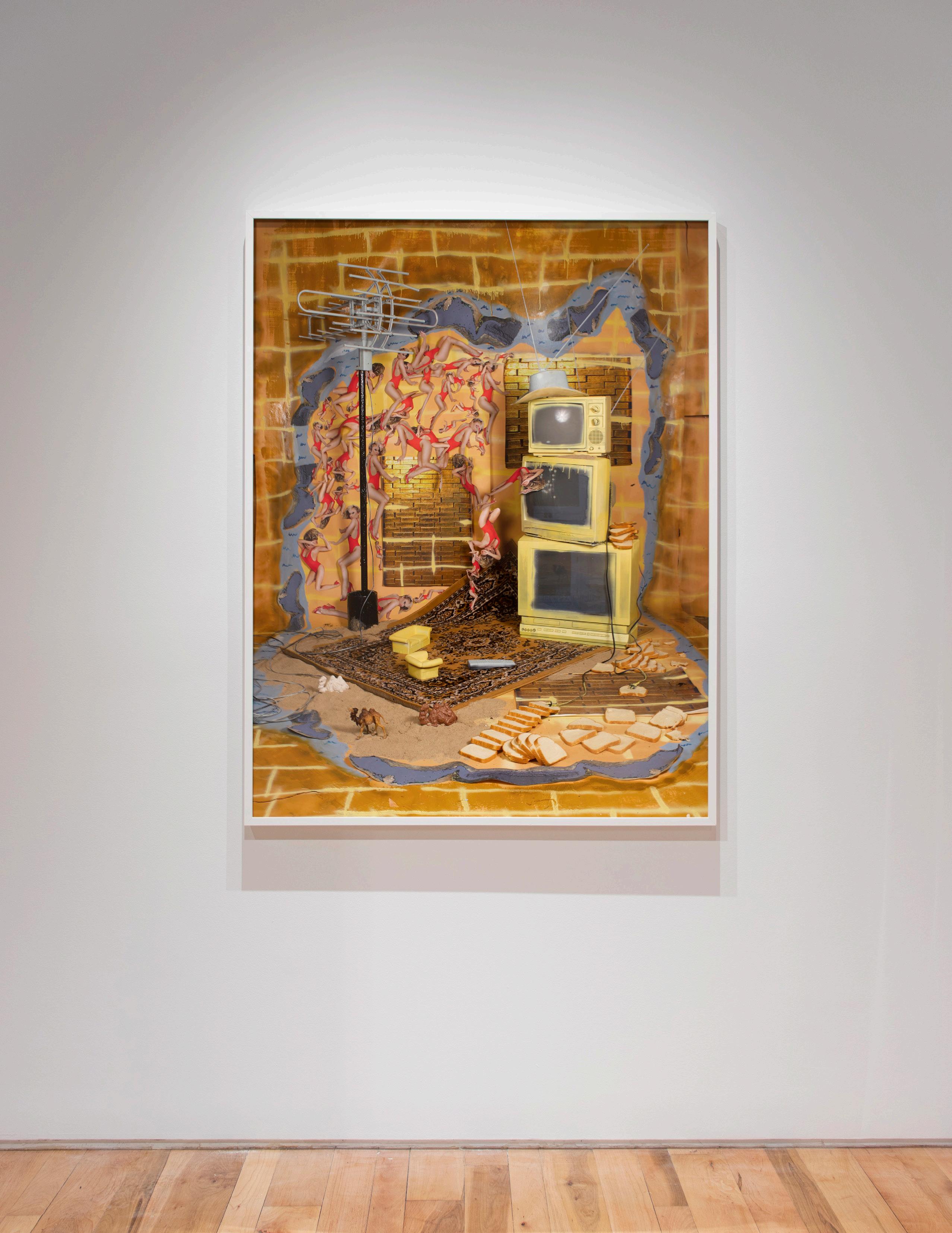
 Sheida Soleimani in her studio in Providence, RI, 2020.
Catalog © 2020 Denny Dimin Gallery
Text by Jane Ursula Harris © November 2020 Jane Ursula Harris
Artwork by Sheida Soleimani © 2020 Sheida Soleimani
Sheida Soleimani in her studio in Providence, RI, 2020.
Catalog © 2020 Denny Dimin Gallery
Text by Jane Ursula Harris © November 2020 Jane Ursula Harris
Artwork by Sheida Soleimani © 2020 Sheida Soleimani
